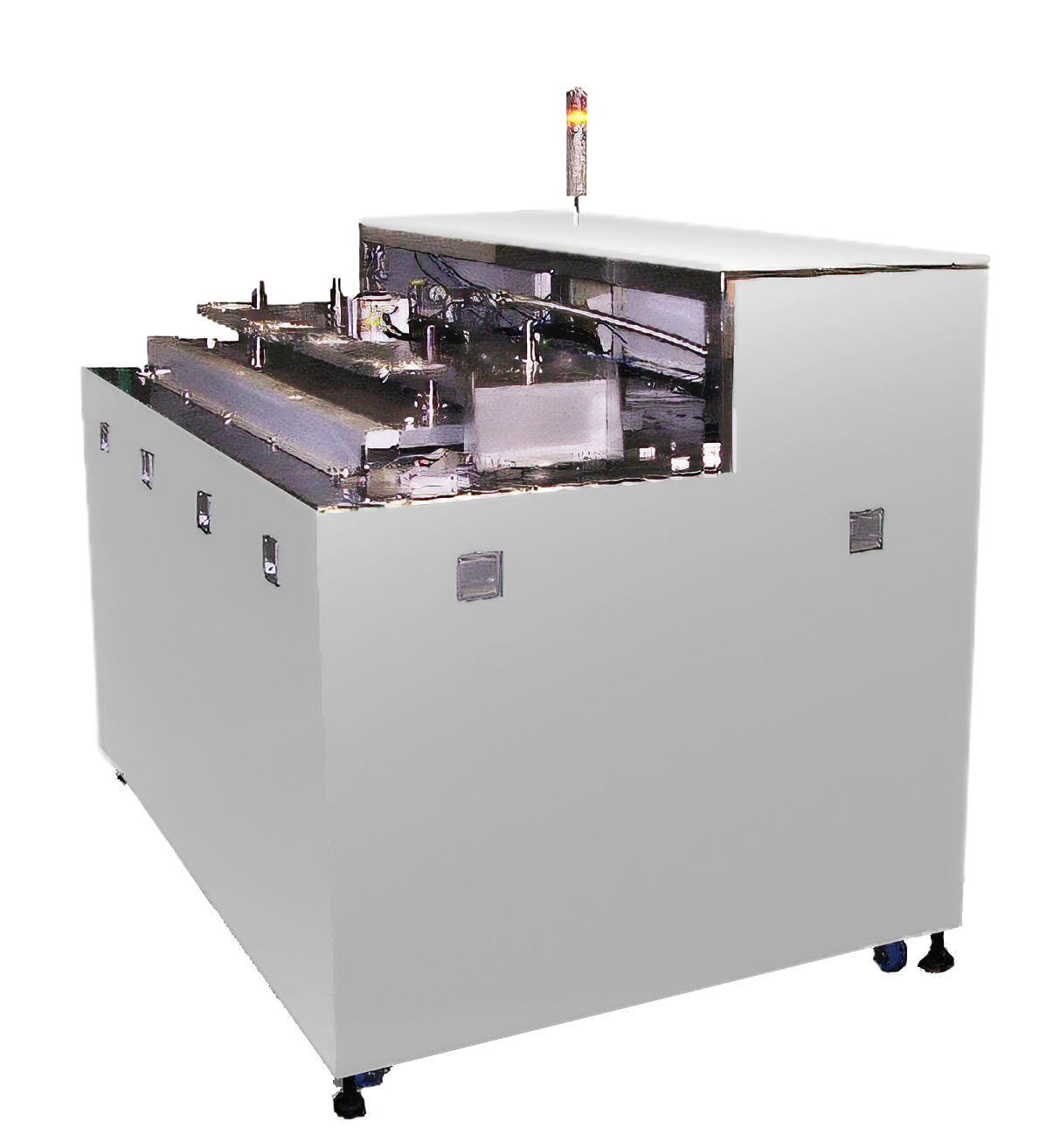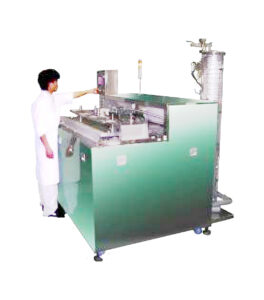1-31-1 Yokoyamadai,
Chuo-ku, Sagamihara City,
Kanagawa pref. 2520241
- Cotnact
- +81-42-7117721
Ultrasonic Sand Remover MARS-CSR
Super!Powerful ultrasound removes casting sand.
Ultrasonic casting sand removal equipment started with the complete removal of casting sand from Toyota F1 engines.
Object of cast sand removal
Casting sand removal for aluminium, FC and other castings.Casting sand removal equipment for passenger car and truck engine heads, blocks, oil pans and manifolds, valve bodies and hydraulic equipment.
The size varies, but in the case of engines, the standard has been a device that can process two 650 mm x 300 mm x 200 mm pieces in two minutes at the same time, as this started with an order for a casting sand removal unit for a Formula 1 no. 1 engine.
Of course, we can also handle non-standard items, from small, objects to larger ones.
Ultrasonic casting sand removal is our unique technology where castings are placed in water and vacuum treated before and afterwards to remove the air around the casting sand, and then powerful ultrasonic waves of our unique frequency are irradiated from the outside to remove the internal casting sand.
Principle of vacuum [pre-treatment type] ultrasonic casting sand removal and cleaning system.
If the shape is complex and air does not easily escape when immersed in the liquid, it must be vacuumed out before immersion in the cleaning solution.Engine blocks, for example, have a complex labyrinthine shape inside and simply immersing the object does not allow all the air to leave.Air curtains and bubbles in the surface layer of the object’s stop holes, or sintered metal, have a significant effect on the shape of the cavity.This means that gas nebula shaped cavities are generated.This does not remove the casting sand.
Furthermore, small bubbles reflect ultrasonic waves or absorb changes in sound pressure, causing cavities or absorbing and mitigating their positive and negative shock waves.In other words, they reduce the cleaning effect.The generation of a high density of spherical nebula-shaped cavities is absolutely necessary for the removal of casting sand.Therefore, the majority of precision cleaning with complex geometry inherently requires this vacuum pre-treatment cleaning system.
Of course, a prerequisite for this is that the shape of the cleaning tank, the flow of the liquid and the depth of the liquid must be optimised to allow cavity control.In addition, the introduced water must be kept stable at the desired dissolved air content.This means that a cavitation enhancement system is also essential.If they are done correctly, the effects of air can be eliminated and ultrasonic cleaning can be carried out.
Of course, for simple shapes, direct powerful and ultrasonic cleaning is fine.
- Click here for high-speed pre-processing mould casting sand removal equipment.
Example of simultaneous cast sand removal from two engine blocks Model MARS-CSR-4L
After vacuum pre-treatment, the engine blocks and other components are introduced into the ultrasonic cleaning tank, one or two in a row.The ultrasonic transducers are arranged parallel and opposite each other on both sides.One side has 7200 W 4 W/cm2.The distance between the diaphragms is set to the design value and a resonance synchronisation circuit is set up.The frequency is a simultaneous wide-area multiplexed wave that synergises high frequencies up to 275 KHz, based on a frequency of 25 KHz.The tank width, liquid depth, liquid flow and temperature distribution are designed so that cavitation can be generated stably and easily controlled.When oscillating, a powerful cavitation distribution of 7200 W x 2 units = 14,000 W 4 W/cm2 is achieved.
The ultrasonic waves are not affected by air and cause powerful vibrations in the engine block and also reach inside, creating a large spherical cavity (spherical nebula) and removing hard, stuck and embedded casting sand in a short time.The removal time is approximately two minutes for two 2000 cc class units.Further experiments are underway to increase the speed.

Processing of casting sand
The casting sand is heavy and most of it settles to the bottom of the tank.With the help of ultrasonic vibration, it is collected from the drain outlet into the casting sand storage tank and disposed of.The fine, somewhat suspended casting sand is sucked in by a circulation pump and collected and removed by a liquid cyclone system.

Cast sand removal technology is integral to the development of ultrasonic enhancement technology.Blue Star R&D has developed a new powerful transducer dedicated to ultrasonic deburring.This vibrating element can also be used for casting sand removal, and is capable of ultrasonic casting sand removal from a wide range of castings.If you have any problems, please contact Blue Star R&D.
All rights reserved.